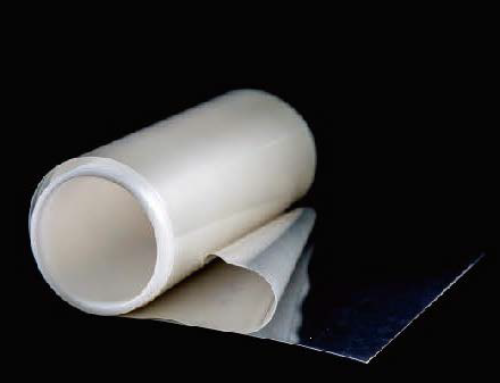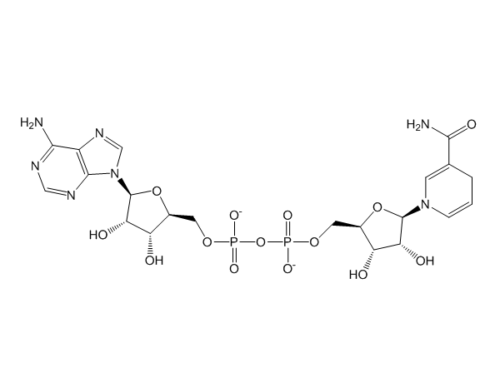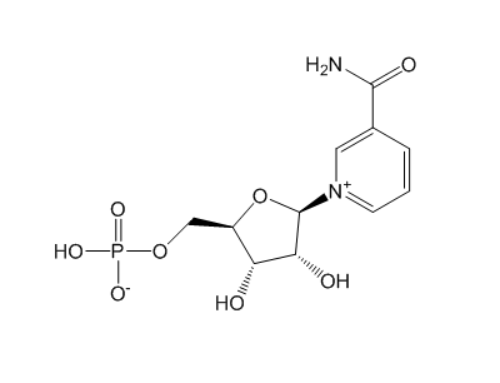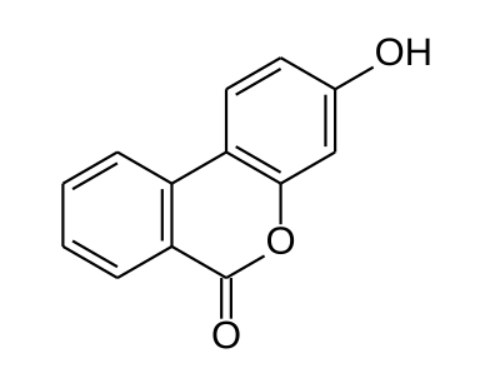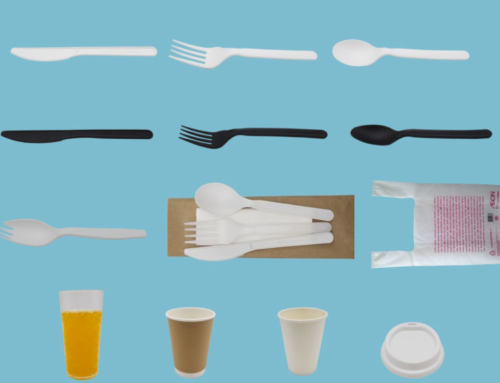Urolithin A
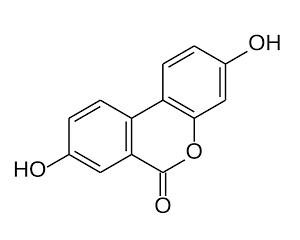
| Product | Urolithin A |
| Part Number | NCC-01 |
| CAS Number | 1143-70-0 |
Urolithin can be divided into urolithin A and urolithin B. Urolithin A is produced by intestinal flora. It is a natural metabolite of ellagitanins, a compound found in pomegranate and other fruits and nuts. It is a potent intestinal metabolite that restores mitochondria and reverses muscle aging.
The reduction of skeletal muscle mass and the resulting loss of muscle strength is a sign of aging. These changes can be debilitating. The decline of quality of life and independence caused by muscle recession is a growing health care problem for the aging population. Age related muscle decline offers an attractive market opportunity for Urolithin A.
After drinking pomegranate juice, a compound called ellagitannins is broken down in the stomach and then transformed into Urolithin A by intestinal bacteria. Studies have confirmed that the biotransformation varies greatly among individuals. Some people show high or low conversion rates, while others have different microbial composition and are unable to complete the transformation. Therefore, allowing individuals to supplement products to deliver standardized doses of Urolithin A can overcome this natural diversity in the gut microbiota of the general population.
NCE can provide Urolithin A with HPLC ≥98% in the packages of milligrams, grams or even large amounts in kilograms. Please contact us for more details. Get a Quote Now! For other organic compounds, please check our Organic Compounds catalog page.
Typical Applications:
Urolithin A is a potent intestinal metabolite that restores mitochondria and reverses muscle aging. For the research purpose.
Order Information
Inquiries and orders should include the following information:
- Quantity
- Purity
Packing and Storage
Standard Packing: milligrams, grams, or kilograms.
Storage: 2-8 °C
Data Sheet
| Chemical Formula: | C13H8O4 |
| IUPAC Name: | 3,8-Dihydroxybenzo[c]chromen-6-one |
| Molecular Weight: | 228.2 |
| EINECS: | 1592732-453-0 |
| Form: | Powder |
| Color: | White to beige |
| Density: | 1.516±0.06 g/cm3 (predicted) |
| Melting Point: | 340-345 °C |
| Boiling Point: | 527.9±43.0 °C (predicted) |
| Purity: | HPLC ≥97%, HPLC ≥98% |

